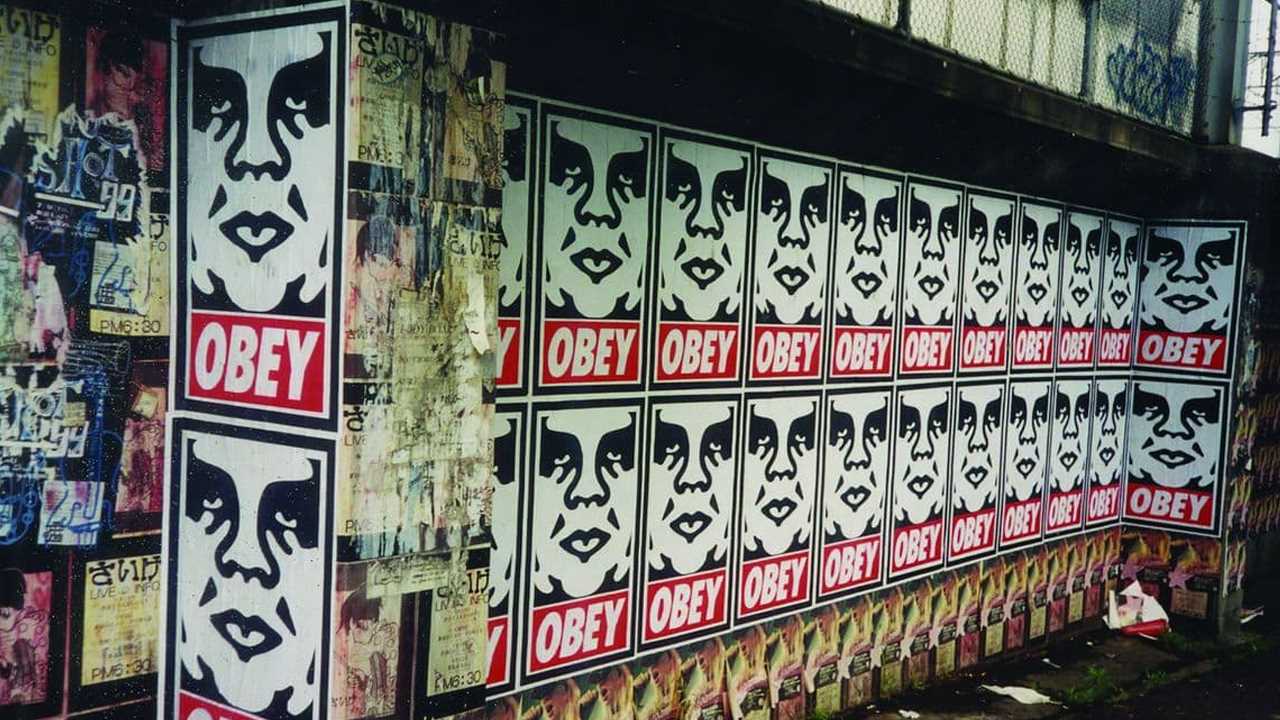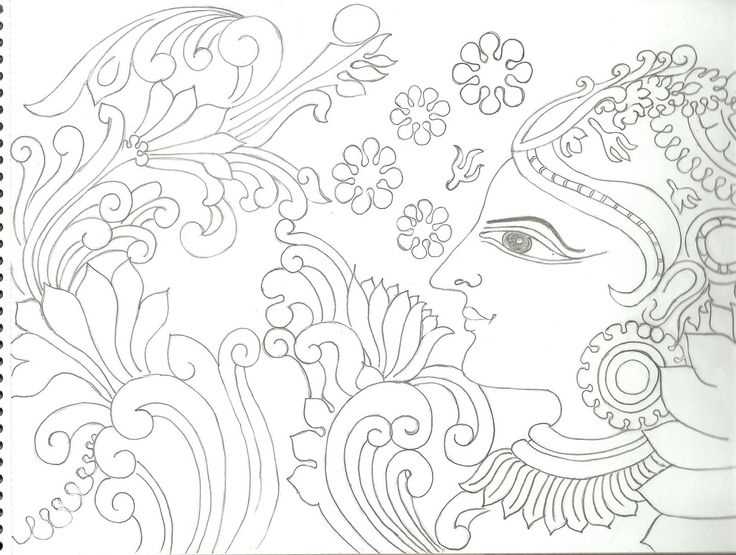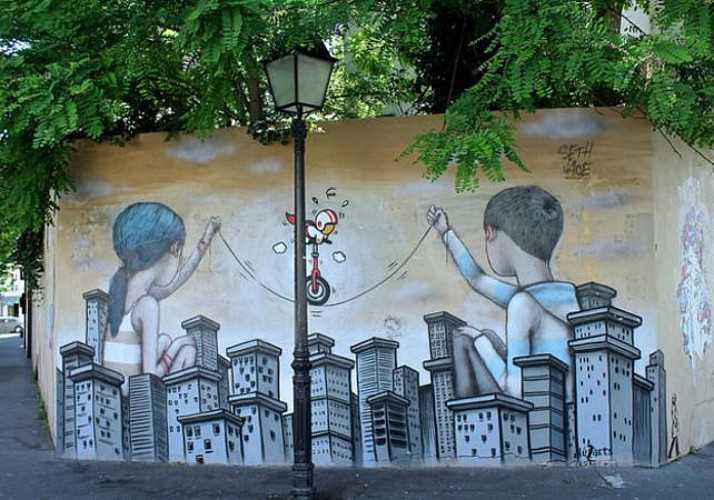Shepard Fairey is an American contemporary street artist, graphic designer, activist, and illustrator. He first gained widespread recognition for his “Andre the Giant Has a Posse” sticker campaign and later for his iconic “Hope” poster featuring Barack Obama during the 2008 U.S. presidential election.
Fairey’s street art is characterized by its bold, graphic style and political messages. He often incorporates images of cultural and political icons, using them to challenge power structures and promote social justice. His work can be seen on walls, billboards, and other public spaces around the world.
One of Fairey’s most famous works is the “Obey” series, which features a stylized image of wrestler Andre the Giant along with the word “Obey” underneath. This series explores themes of conformity and consumerism, encouraging viewers to question authority and think critically about the messages they are bombarded with in everyday life.
In addition to his street art, Fairey has also worked on album covers, magazine illustrations, and collaborations with brands such as Levi’s and Nike. His artwork has been exhibited in galleries and museums worldwide, and he has received numerous awards and accolades for his contribution to the art world.
Whether you agree with his messages or not, there is no denying the impact that Shepard Fairey has had on the street art scene. His bold, thought-provoking images continue to inspire and challenge viewers, making him one of the most influential street artists of our time.
Street art is a form of visual art created in public locations, typically executed outside the context of traditional art venues. It encompasses various forms such as graffiti, stencil art, wheatpasting, and sticker art. Street art is often driven by social, political, or cultural themes, and aims to make a statement or provoke a reaction.
Street art has its roots in the graffiti movement of the late 20th century, which emerged as a form of self-expression in urban environments. It gained popularity as artists sought to reclaim public spaces and challenge the dominance of traditional art institutions. Shepard Fairey is one of the pioneers of the modern street art movement, known for his iconic “Hope” poster featuring Barack Obama.
The Impact of Street Art
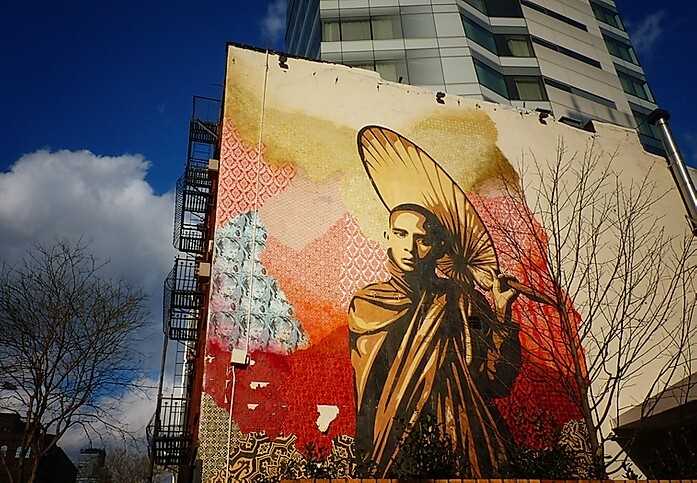
Street art has the power to transform ordinary spaces into vibrant, thought-provoking environments. It can give a voice to marginalized communities, raise awareness about social issues, and challenge the status quo. By using public spaces as their canvas, street artists can reach a wide audience and spark conversations about important topics.
The Controversy Surrounding Street Art
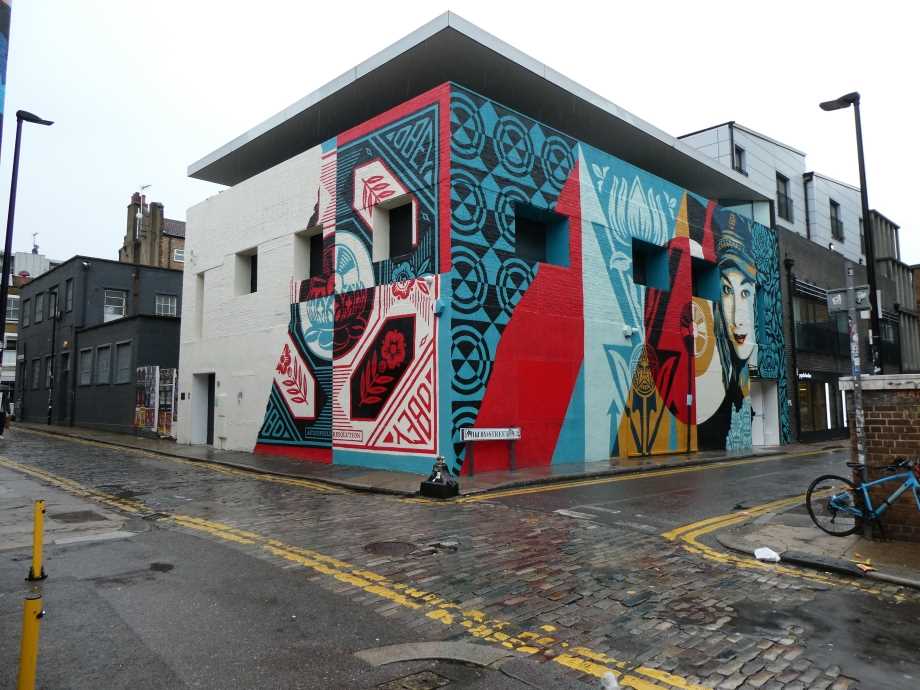
Despite its popularity and cultural significance, street art is often seen as illegal and disruptive. Many cities have strict laws against graffiti and consider it vandalism. However, street art has gained recognition as a legitimate art form, with some artists being commissioned for murals and installations. The debate continues over whether street art should be celebrated or removed.
The Art of Shepard Fairey
Shepard Fairey is a renowned street artist known for his iconic works that blend politics, pop culture, and street art. His art often features bold imagery, vibrant colors, and powerful messages.
Fairey first gained recognition for his Obey Giant campaign, which involved plastering posters and stickers of his signature Andre the Giant image in public spaces. The campaign became a global phenomenon and catapulted Fairey into the mainstream art world.
One of Fairey’s most famous works is the Barack Obama “Hope” poster, which he created during the 2008 presidential campaign. The poster, with its striking red, white, and blue color palette and the word “hope” emblazoned across Obama’s face, became an iconic symbol of the campaign.
Fairey’s art often tackles social and political issues, addressing topics such as climate change, racism, and corporate power. His works serve as a form of activism, encouraging viewers to question the status quo and engage in critical thinking.
In addition to his street art, Fairey has also exhibited his work in galleries around the world. His exhibitions feature a combination of prints, murals, and mixed media pieces, showcasing his versatility as an artist.
Overall, Shepard Fairey’s art is a powerful blend of aesthetics and activism. His bold and thought-provoking works have left a lasting impact on the street art scene and continue to inspire and spark conversations worldwide.
Influences on Shepard Fairey
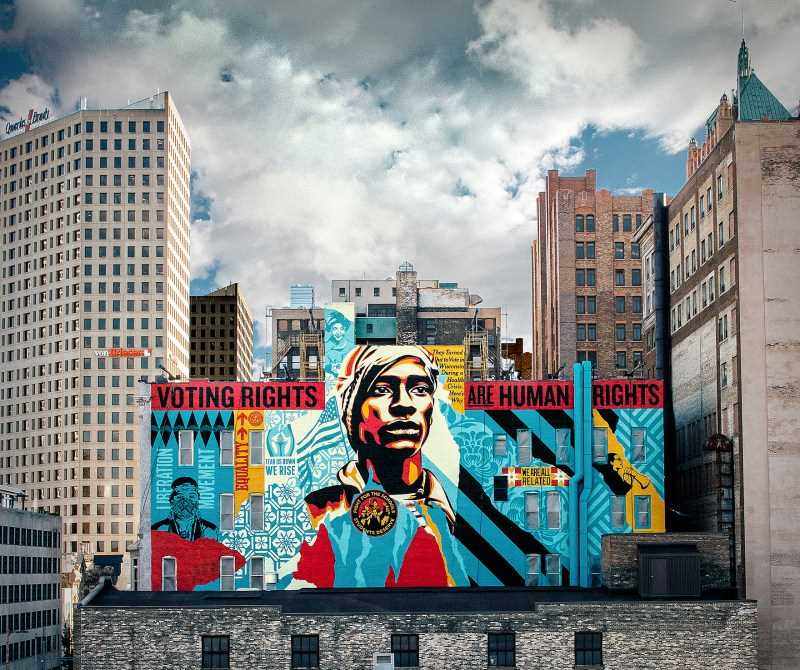
Shepard Fairey, a renowned street artist and graphic designer, has been influenced by a variety of sources throughout his career. From punk rock music to political activism, his work reflects a fusion of diverse inspirations.
One of Fairey’s major influences is the punk rock movement. Growing up in the late 1970s and early 1980s, he was immersed in the DIY ethos and rebellious spirit of punk. Fairey adopted the visual language of punk, with its bold typography and subversive imagery, to create his own iconic style. The raw energy and anti-establishment attitude of punk continue to inform his work, giving it a distinct edge.
Another significant influence on Fairey is the world of politics. As an artist, he has always been interested in expressing his views and challenging the status quo. Fairey’s iconic “Hope” poster, created during Barack Obama’s 2008 presidential campaign, became a symbol of the optimism and change associated with the election. His politically-charged art often addresses issues like social justice, environmentalism, and corporate greed.
The works of other artists also play a role in shaping Fairey’s style. He has cited artists such as Andy Warhol, Barbara Kruger, and Jasper Johns as inspirations. Warhol’s use of pop culture imagery and celebrity icons, Kruger’s provocative slogans and collage elements, and Johns’ exploration of symbols and signs all resonate with Fairey’s artistic sensibilities. He has taken these influences and incorporated them into his own unique visual language.
Furthermore, street art itself has had a significant impact on Fairey’s artistic development. The graffiti and street art movement, with its emphasis on reclaiming public spaces and challenging traditional notions of art, provided Fairey with a platform to express himself. He was drawn to the spontaneity and ephemeral nature of street art, and he became a prominent figure in the movement, using his art as a form of activism and self-expression.
Shepard Fairey’s Style and Techniques
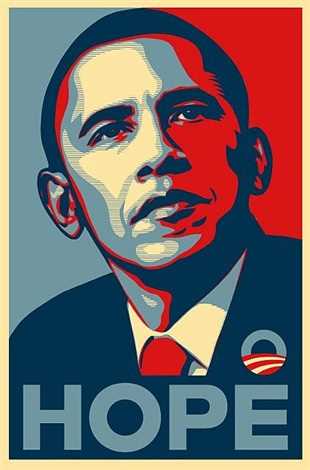
Shepard Fairey is known for his unique artistic style that is influenced by various sources such as graffiti, pop art, and propaganda. His works often incorporate bold colors, graphic elements, and politically charged messages.
Fairey’s most iconic work is the “Hope” poster featuring Barack Obama, which became synonymous with his 2008 presidential campaign. This poster exemplifies Fairey’s use of strong contrast and simplified imagery to convey a powerful message.
Another signature technique employed by Fairey is the use of stencils, which allows him to create precise and intricate designs. He often combines stenciling with wheatpasting, a method of adhering paper or posters to surfaces, to create large-scale murals and installations.
In addition to stencils, Fairey also incorporates collage elements into his work. He often combines images from different sources, such as vintage advertisements or propaganda posters, to create layered and textured compositions. This blending of different visual elements adds depth and complexity to his artwork.
Fairey’s style also includes a strong emphasis on typography. He frequently incorporates bold, block-like lettering into his designs, which adds a graphic and eye-catching element to his artwork. The words and phrases he chooses often convey political or social messages, further reinforcing the themes of his work.
Overall, Shepard Fairey’s style and techniques are characterized by a bold and graphic aesthetic, political and social commentary, and a fusion of various artistic influences. His works have had a significant impact on the street art movement and continue to inspire and provoke thought in viewers.
Popular Shepard Fairey Artworks
Shepard Fairey is a renowned street artist known for his iconic and politically charged artworks. Here are some of his most popular pieces:
1. Obey Giant
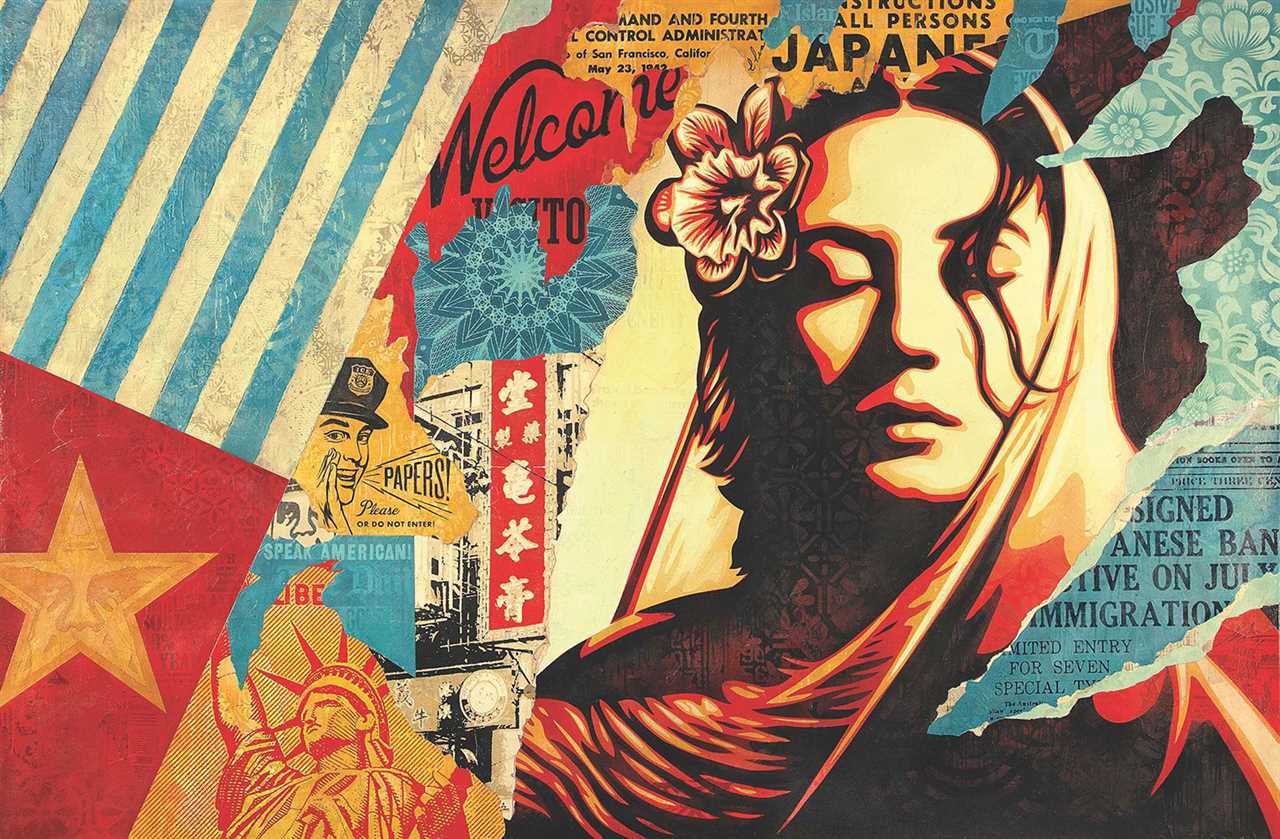
One of Fairey’s most recognized works is the “Obey Giant” image, featuring a stylized face with the word “obey” written underneath. This image has become a symbol of dissent and resistance, representing the power of the individual in the face of authority.
2. Hope
Fairey gained widespread recognition for his “Hope” poster, created in support of Barack Obama’s 2008 presidential campaign. The poster depicts Obama in red, white, and blue, with the word “hope” written below. This image became synonymous with Obama’s message of optimism and change.
In addition to these popular artworks, Shepard Fairey has created a multitude of other pieces that explore themes of political activism, social justice, and pop culture. His work can be seen in cities around the world, inspiring and challenging viewers with its bold imagery and provocative messages.
Whether through his street art or his gallery exhibitions, Shepard Fairey continues to push boundaries and stimulate conversations about art and its role in society.
Impact of Shepard Fairey on Street Art

Shepard Fairey is an American street artist, graphic designer, and activist who has had a significant impact on the street art scene. His work is characterized by bold visuals, political messages, and social commentary. Fairey’s iconic “Hope” poster, created during Barack Obama’s 2008 presidential campaign, is one of the most recognizable examples of his art.
One of the major impacts of Shepard Fairey on street art is his ability to bring political and social issues to the forefront. Through his artwork, Fairey tackles topics such as climate change, racial inequality, and government corruption. By using the public spaces as his canvas, Fairey reaches a wide audience and sparks conversations about these important issues.
In addition to his artwork, Shepard Fairey has also influenced other street artists and the broader art community. His unique style and use of stencils have inspired many artists to experiment with similar techniques. Fairey’s success as a street artist has also helped to legitimize the medium and gain recognition from the mainstream art world.
Fairey’s impact can also be seen in the way street art is perceived by the general public. His high-profile projects, such as the “Obey Giant” campaign, have brought street art into the mainstream consciousness. Fairey’s art has been exhibited in galleries around the world, further blurring the lines between street art and traditional art forms.
Overall, Shepard Fairey has had a profound impact on street art through his powerful imagery and thought-provoking messages. By pushing boundaries and challenging societal norms, Fairey has elevated street art to a new level of recognition and importance.
Controversies and Legal Issues
Copyright Infringement Case
In 2009, the Associated Press (AP) filed a lawsuit against Shepard Fairey, alleging that he had violated copyright law by using one of their photographs without permission. The photograph in question was taken by Mannie Garcia and had been published by the AP. Fairey had used this photograph as a reference to create his “Hope” poster, but he argued that his artwork was protected under fair use.
The legal battle between Fairey and the AP lasted for several years, with both parties presenting their arguments and evidence. Fairey eventually admitted to submitting false evidence and tampering with documents in an attempt to strengthen his fair use defense. In 2011, Fairey pleaded guilty to criminal contempt of court and paid a fine of $25,000. He also agreed to settle the copyright dispute with the AP, although the specific terms of the settlement were not publicly disclosed.
Other Legal Issues
In addition to the copyright infringement case, Shepard Fairey has been involved in various other legal issues related to his street art and commercial ventures. Many cities and property owners have accused Fairey of vandalism and illegal graffiti for his unauthorized artworks on buildings and public spaces.
Fairey has also faced legal challenges from other artists who claim that he has copied or appropriated their work without permission. Some of these lawsuits have resulted in settlements or court rulings in favor of the original artists.
Despite these controversies and legal issues, Shepard Fairey’s impact on the street art and contemporary art world remains significant. His unique style and thought-provoking imagery continue to inspire and engage audiences around the globe.
Recognition and Legacy
Shepard Fairey’s iconic artwork has garnered recognition and acclaim worldwide. His signature style, which often combines striking imagery with bold text, has become synonymous with street art and political activism.
One of Fairey’s most famous works is his depiction of Barack Obama during the 2008 presidential campaign. The image, featuring Obama’s face with the word “hope” beneath it, became an iconic symbol of the campaign and was widely circulated. Fairey’s artwork played a significant role in shaping the visual narrative surrounding Obama’s campaign and helped solidify his place in history as the first African American president of the United States.
In addition to his political artwork, Fairey has also created numerous other pieces that address themes such as environmentalism, consumerism, and social justice. His works often challenge the status quo and seek to provoke thought and conversation.
Fairey’s impact extends beyond the world of street art. His artwork has been exhibited in galleries and museums around the world, elevating the medium of street art to a respected form of contemporary art. He has been featured in numerous publications and his artwork has been collected by art enthusiasts and collectors alike.
Shepard Fairey’s legacy is one of artistic innovation and social activism. He has inspired a new generation of street artists and his work continues to resonate with audiences worldwide. His ability to communicate powerful messages through visual art has solidified his place as one of the most influential artists of his generation.

I am a mural enthusiast and a fervent admirer of street art. Rather than creating murals myself, I am passionate about collecting them. My love for street art knows no bounds. I am dedicated to curating and cherishing these artworks that grace the streets. My collection stands as a testament to my profound appreciation for this form of artistic expression.
read about me

